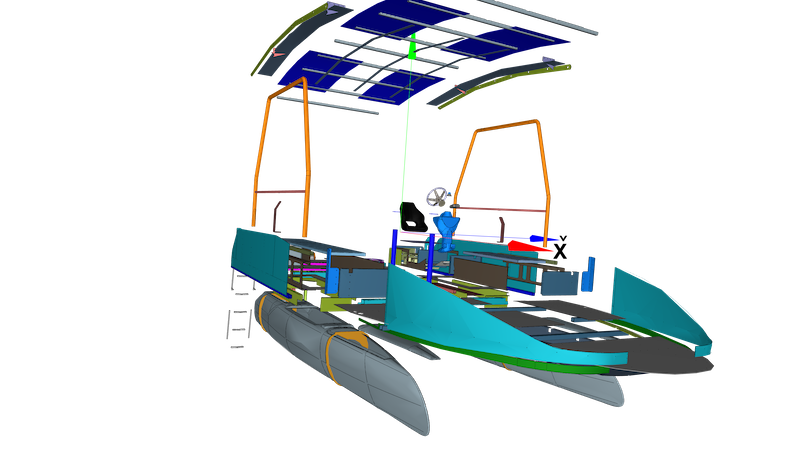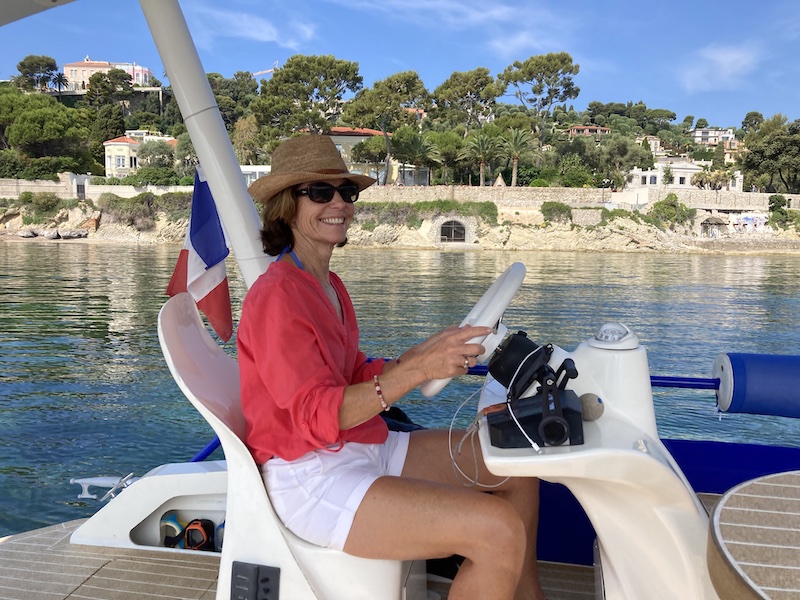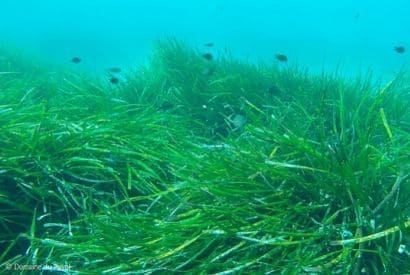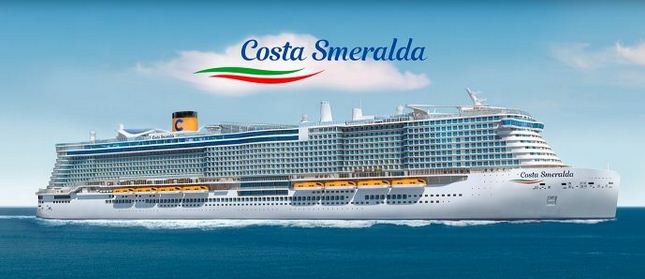Ships of the future - Cruise ships set course for energy transition
Cruise ships set course for energy transition
Cruises have been on the rise for some years now. Minicruising or large trips aboard ships on a human scale or floating palaces, there is alway a solution for everyone. However, heavy fuel oil cruisers are big polluters. It is in the interest of preserving the marine environment and ports where these giants moor that some cruise companies are turning to liquefied natural gas (LNG) for the propulsion of their liners.
Aboard seaZen, the pioneer of solar boating, we want the entire maritime industry to move towards the energy transition. We offer you an update on the practical solutions available today.
The advantages of LNG over heavy fuel oil
Traditional cruise ships are powered by heavy fuel oil. Their use generates a large amount of sulfur dioxide and carbon dioxide, two main pollutants in the marine environment. According to a press release entitled "Cruise abuse" published by France Nature Environment, 15% of pollutant emissions from fleets come from cruise ships, which represent only 0.4% of maritime traffic. The pollution caused by ships affects the seas, but also the ports of call. Indeed, even at the dock, the engines of the ships continue to turn to provide the electricity of the edge. Marine air pollution has caused nearly 50,000 premature deaths on the European continent, according to the study by the European Federation for Transport and the Environment.
The use of liquefied natural gas remains the most ecological solution at the moment. LNG is essentially composed of methane, cooled to a temperature around -161 ° C. This liquefied gas, non-corrosive and non-toxic, is lighter than water. It is an innovative and less polluting energy that adapts well to the objective of cruise companies to reduce their emissions of fine particles and greenhouse gases.
Ships powered by LNG will thus be a good alternative for environmentally conscious travelers who want to take a cruise. Currently, it is possible to book cruises with Costa scheduled for 2019 aboard the Costa Smeralda or Costa Venezia, two new boats equipped with a hybrid propulsion running on LNG.
Aida Cruises, the first company using LNG
The company Aida Cruises, the German subsidiary of Costa Cruises, is the first cruise line with a unit powered by LNG. The first LNG cruise ship, dubbed AIDAnova, was launched in September 2018. It is also the largest ship of the Carnival Cruises group, with a capacity of 6,600 passengers. At 1,106 feet in length, AIDAnova is the fifth largest cruise ship in the world.
The company Costa Cruises and its subsidiary Aida Cruises consider liquefied natural gas as the purest fossil fuel and the most environmentally friendly until now. Moreover, the Costa group is currently planning to build five steamers powered by LNG. These boats of the future will be less polluting with 0% emission of sulfur dioxide, 95% less fine particles, 85% less nitrogen oxides and 25% less CO2.
Pending this new order, the Italian company is waiting for the launch in 2019 of its two cruise ships equipped with hybrid engines: Costa Venezia and Costa Smeralda. Both units are under construction at Meyer shipyards in Turku, Finland. The Costa Venezia and the Costa Smeralda will include four-stroke medium-speed engines powered by liquefied natural gas. This alternative fuel will be stored in three tanks at a pressure of up to 4 bar. He will be able to provide all the necessary energy that the ships will need during 2 cruises of 7 days. Orders for LNG-powered cruise ships are also being launched by MSC Cruise Line and Royal Caribbean Cruise Line.





